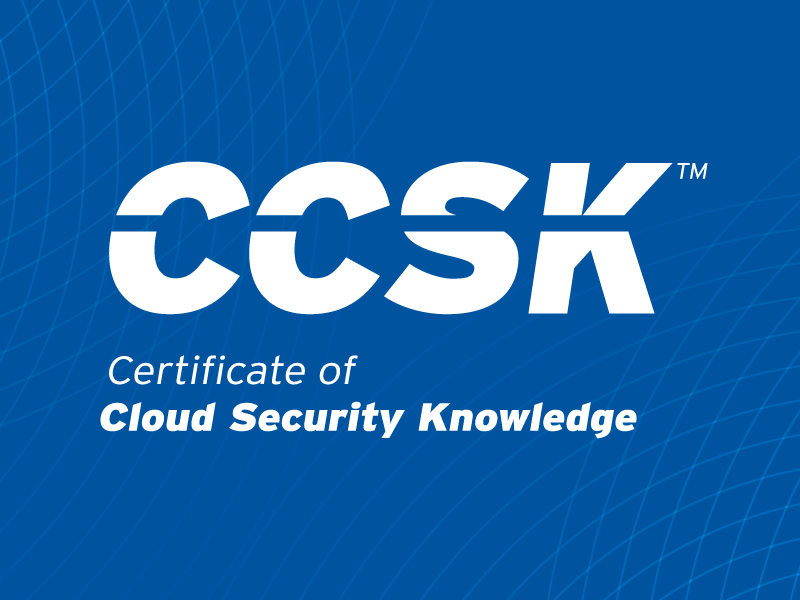Reflecting on the 2023 Toyota Data Breach
Published 07/21/2025
CSA’s Top Threats to Cloud Computing Deep Dive 2025 reflects on eight recent real-world security breaches. The report presents the narrative of each incident, as well as the relevant cloud security risks and mitigations. Today we’re reflecting on the fourth incident covered in the Deep Dive: Toyota 2023.
A cloud provider conducted an investigation into Toyota’s cloud environment. They discovered that incorrect cloud settings made part of Toyota’s data externally accessible. The misconfiguration exposed sensitive data related to Toyota’s T-Connect cloud service and Lexus’s G-Link service.
The breach affected approximately 2.15 million users in Japan. The data included vehicle location information, ID numbers, and personal user data.
Toyota did not clarify whether the investigation was part of a routine audit or a targeted special review. However, related cloud security incidents occurred shortly before and after the May 2023 disclosure. The investigation may have been part of a focused response to systemic cloud governance issues.
The Toyota data breach does not relate to a specific threat actor. Unlike intentional cyberattacks by advanced persistent threats or hacking groups, this breach resulted from human error. The root cause was a mistake in configuring the company’s cloud settings.
However, the prolonged exposure of sensitive data (from 2013 to 2023) suggests a lack of oversight. Persistent flaws in Toyota’s data management processes increased the risk of exploitation by external actors. Luckily, there have been no reports of malicious exploitation.
Several critical data security vulnerabilities contributed to the breach.
A significant factor was human error in cloud configuration (Top Threat #1: Misconfiguration and Inadequate Change Control). Inadequate controls led to the exposure of personal data over an extended period (Top Threat #10: Unauthenticated Resource Sharing). These oversights could have allowed attackers to exploit various vulnerabilities (Top Threat #8: System Vulnerabilities).
Toyota personnel made the issue worse by not performing routine security audits (Top Threat #4: Inadequate Cloud Security Strategy). The misconfiguration persisted undetected for nearly a decade (Top Threat #9: Limited Cloud Visibility). Insufficient enforcement of Identity and Access Management (IAM) policies allowed even broader risk exposure (Top Threat #2: IAM). Finally, the breach underscores the need for employee training in data governance processes (Top Threat #7: Accidental Cloud Disclosure).
Technical Impacts
- Confidentiality: The breach exposed sensitive user data. Toyota has reported no evidence of malicious use. However, the extent of the data’s visibility raises concerns about privacy and the potential long-term risks.
- Integrity: No one has detected unauthorized modification of Toyota’s systems or customer data. However, the prolonged exposure could have allowed for undetected alterations.
- Availability: The incident did not significantly impact Toyota’s cloud services and customer-facing operations. However, incident response efforts and data investigation activities may have temporarily diverted resources.
Business Impacts
- Financial: No one has fully quantified the significant financial implications caused by this incident. Investigating the root cause, implementing remediation efforts, and conducting audits would have resulted in substantial costs. The breach also raises long-term concerns about regulatory scrutiny and legal liabilities, which could impact future financial performance. The erosion of customer trust may also influence sales and brand loyalty.
- Operational: The breach required Toyota to reallocate resources toward incident response efforts. These efforts temporarily disrupted normal business operations.
- Compliance: Toyota publicly apologized for the breach and issued official statements to inform the public about the incident. While there were no immediate regulatory actions, Japan is likely enforcing a higher level of scrutiny over Toyota. The prolonged exposure of sensitive information raises the likelihood of investigations and enforcement actions.
- Reputational: The incident drew global attention and criticism, particularly for the prolonged exposure of sensitive data. News outlets covered the breach extensively. The event tarnished Toyota’s reputation as a leading innovator in the automotive sector.
Preventative Mitigation
- Change Management Technology: Manage the risks associated with applying changes to organizational assets. Toyota’s prolonged incident highlights the importance of using automation tools to enforce secure configurations during deployment.
- Configuration Hardening: Establish secure configuration baselines for all cloud environments and infrastructure. Ensure approved changes conform to these standards. The lack of enforcement in Toyota’s case demonstrates how issues can persist for years, leaving personal information exposed.
- Security Awareness Training: Establish regular training programs for employees. Focus on cloud security, data management, and configuration-related risks.
- Least Privilege: When granting access to cloud systems and networks, apply the least privilege principle. Toyota’s security lapse shows how excessive permissions can expand the attack surface.
- Strong Authentication: Define and implement multifactor authentication (MFA) to ensure secure access.
- Incident Response Plans: Establish and maintain incident response plans that account for cloud-specific risks. Toyota’s extended exposure period underscores the need for well-coordinated escalation procedures with cloud providers and third-parties.
Detective Mitigation
- Detection of Baseline Deviation: Implement measures to detect deviations from established secure configurations. Toyota’s ignorance for nearly a decade reinforces the need for automated alerts to rapidly detect security gaps.
- User Access Review: Review user access permissions regularly. This maintains least privilege and prevents unauthorized access.
- Logging and Monitoring: Implement robust logging and real-time monitoring for all cloud environments. Use tools like AWS CloudTrail or Azure Monitor to promptly detect suspicious activities.
Corrective Mitigation
- Remediation: Develop and maintain a risk-based corrective action plan. Address gaps identified in incident responses.
- Change Restoration: Define and implement a process to proactively roll back changes to a previously known good state. The lack of rollback mechanisms in Toyota’s cloud security approach allowed misconfigurations to remain in place for years.
- IAM Policy and Procedures: Document, approve, and maintain IAM policies. Toyota’s incident highlights how weak IAM can result in excessive permissions that contribute to prolonged security risks.
- Incident Response Testing: Develop and routinely test incident response plans tailored to cloud breaches.
Key Takeaways from This Incident
- Make sure to enforce strong oversight and management of cloud configurations. Data governance programs help ensure continuous monitoring, visibility, and control.
- Advanced cloud configuration monitoring, audits, and assessments using automation and machine learning can efficiently detect and reduce manual effort.
- SystematicSystemic challenges in cloud governance, such as inadequate routine audits and monitoring, leave sensitive data vulnerable. Learn how to implement effective data governance initiatives.
- Enhanced IAM practices are critical to reducing the risks of future data leaks. Make sure to enforce least privilege and MFA.
Interested in reading about other recent cyber incidents? CSA’s Top Threats to Cloud Computing Deep Dive 2025 analyzes seven other notable cloud breach cases. Get a detailed breakdown of the Snowflake, Football Australia, CrowdStrike, DarkBeam, Retool/Fortress, FTX, and Microsoft incidents. This breakdown includes:
- An attack detail
- A description of the threat actor
- The associated top threats
- The technical and business impacts
- Relevant Cloud Controls Matric (CCM) controls to use for preventative, detective, and corrective mitigation
- Essential metrics to measure control effectiveness
- Key takeaways
Unlock Cloud Security Insights
Subscribe to our newsletter for the latest expert trends and updates
Related Articles:
The Internet is a Single Point of Failure
Published: 11/21/2025
Implementing CCM: Threat & Vulnerability Management Controls
Published: 11/21/2025






.jpeg)

.jpeg)
.jpeg)